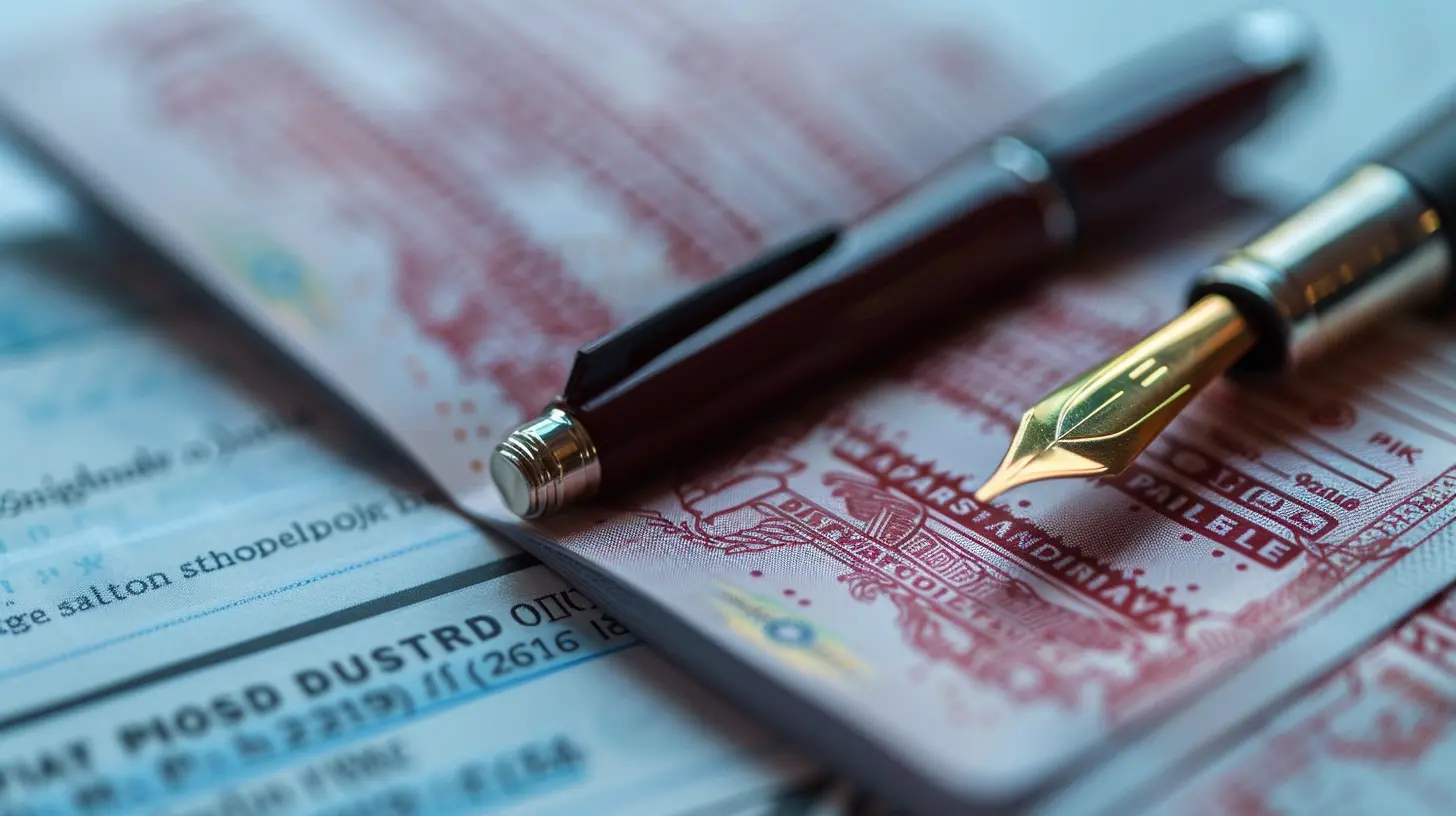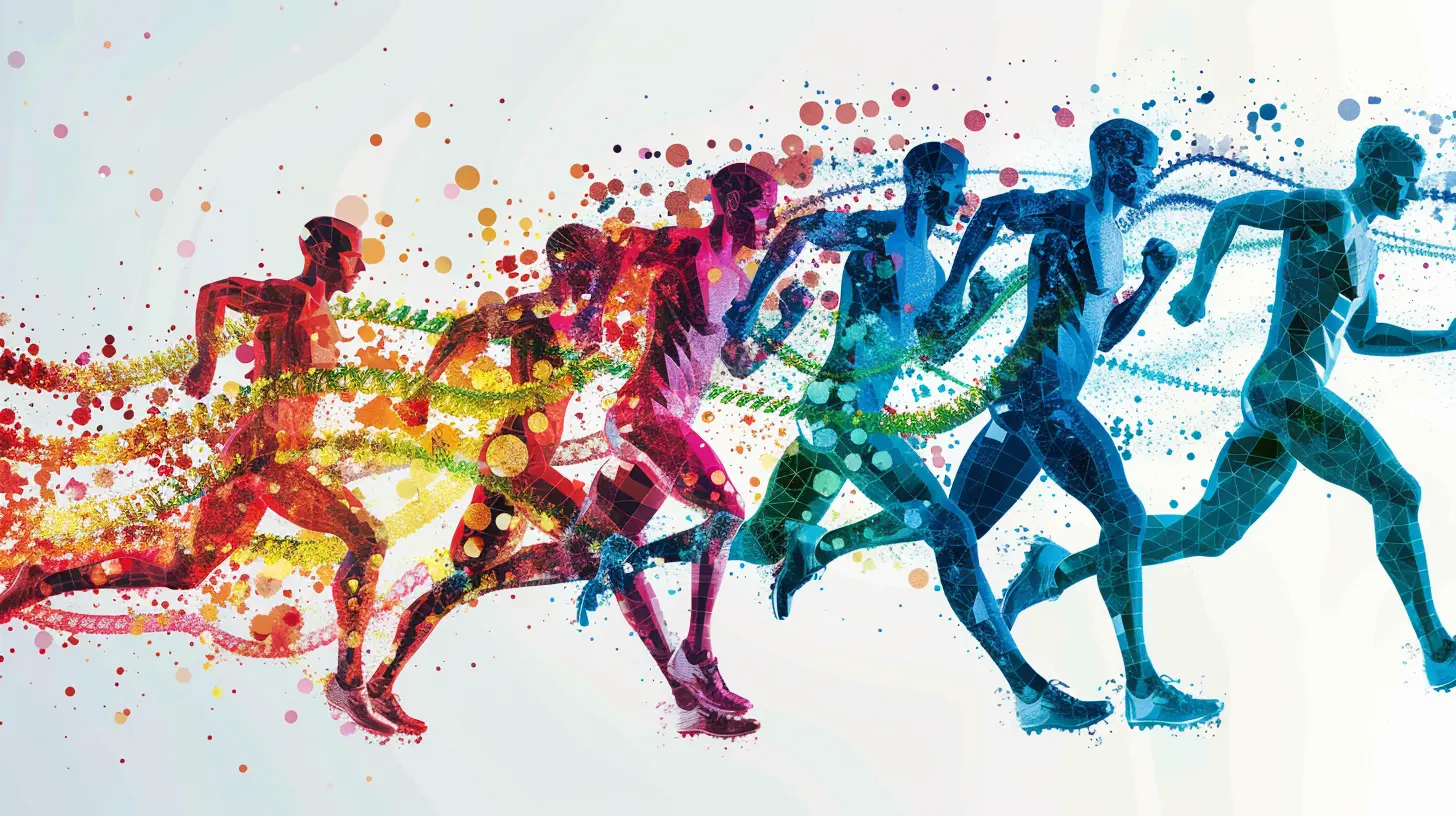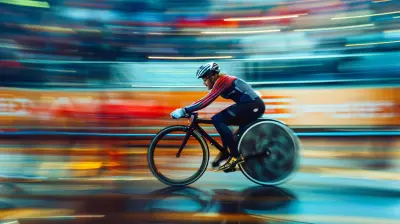What Are Biological Passports and How Do They Help Fight Doping?
30 July 2025
Let’s talk about a topic that’s quietly revolutionizing sports from behind the scenes — biological passports. No, they're not travel documents for your cells (though that would be kind of cool). They’re one of the most powerful tools used today to keep elite sports clean and fair. If you’ve ever wondered how athletes are caught doping even when they pass the usual tests, you're about to find out.
This isn’t just a science lesson, though. It’s a peek behind the curtain at how sports authorities are keeping up with increasingly sneaky doping methods. Whether you're a casual fan or a die-hard sports junkie, understanding biological passports gives you a new appreciation for fairness and integrity in competition.
So, what are they exactly, and how do they help fight doping? Let’s break it all down.
What Is a Biological Passport Anyway?
Imagine you keep a health diary that tracks your blood pressure, heart rate, and other stats every day. Over time, you'd get a clear picture of what’s normal for you. Now, if something suddenly spikes or dips, it’s a big red flag, right?That, in a nutshell, is how a biological passport works.
A biological passport is basically an individual, personalized profile of an athlete’s biological markers. Instead of detecting banned substances directly in the blood or urine, it monitors how the body responds over time — changes that could indicate the use of performance-enhancing drugs (PEDs).
It’s like catching a thief not by finding the stolen goods, but by noticing that their bank account suddenly has ten times more money. Suspicious, right?
The Problem With Traditional Anti-Doping Tests
To understand why biological passports are a game-changer, we’ve got to look at what came before.Traditional doping tests are kind of like drug-sniffing dogs. They’re trained to detect specific substances like anabolic steroids or EPO (erythropoietin). But here’s the catch: athletes and their shady doctors are always one step ahead, designing new drugs or micro-dosing in sneaky ways that slip through standard tests.
Plus, some substances leave the body really quickly. So an athlete could dope during training, clean up before competition, and still pass every test.
Frustrating, right?
That’s where biological passports come in. They focus on the biological effects of doping, not the substances themselves. And that changes everything.
How Do Biological Passports Work?
Let’s get into the nitty-gritty — but don’t worry, we’ll keep it simple.📊 Tracking Long-Term Patterns
Athletes enrolled in a biological passport program have their blood and/or urine tested regularly throughout the year — not just during competitions.These samples are used to track biological markers, including:
- Red blood cell count
- Hemoglobin concentration
- Reticulocyte percentage (young red blood cells)
- Steroid levels
- Hormonal ratios
Over time, the system creates a baseline for each athlete — their natural “normal.”
When future tests show values that are wildly off that baseline, and when there’s no medical explanation (like an illness), it raises suspicion. Basically, the system says, “Hey, something fishy’s going on here.”
🕵️♂️ Flagging Suspicious Changes
This abnormal pattern may suggest that the athlete used a doping method like:- Blood transfusions
- EPO injections (to boost red blood cells and oxygen levels)
- Steroids
- Hormone manipulation
Even if the actual substance is gone, the biological passport can say, “Okay, this kind of spike doesn't happen naturally.” It’s like catching a kid with chocolate on their face who swears they didn’t eat the cookies. Uh huh, sure.
Different Modules in Biological Passports
Biological passports aren’t “one-size-fits-all.” There are different modules depending on what kind of doping is being targeted. Here's a quick breakdown:🩸 The Hematological Module
This one tracks blood values — mainly aimed at detecting blood doping and EPO use. It's super common in endurance sports like cycling and long-distance running.When red blood cell numbers or hemoglobin levels jump out of the normal range, it suggests artificial manipulation.
💊 The Steroidal Module
This module focuses on steroid use. It tracks testosterone-to-epitestosterone ratios and other markers that change when an athlete uses anabolic steroids.This is especially popular in strength-based sports like weightlifting or sprinting.
🧬 The Endocrinological Module (Still Developing)
This one’s still in the works but focuses on hormones like growth hormone or insulin. These can also be used for doping, but they’re tougher to monitor consistently.Why Biological Passports Are So Effective
Now, you might be thinking, “Why didn’t we do this sooner?” Well, it took some time to get the tech and knowledge in place. But now that we do, the benefits are amazing.✅ They Don’t Rely on Catching the Substance
Like we said earlier, traditional tests are like drug sniffers. They’re great — unless the drug is brand new or hard to detect. Biological passports beat that problem by focusing on what the drug does to the body.Even if someone invents a brand-new PED tomorrow, if it messes with the athlete’s blood or hormone profile, the passport will notice.
✅ They Discourage Cheating Before It Starts
Knowing their biological markers are being tracked year-round makes athletes think twice before doping. It’s not just "pass one random test" anymore. You’re under the microscope all the time.✅ They Provide Strong Legal Evidence
When an athlete is flagged, the passport’s data can serve as scientific evidence. It’s not based on a single test but a pattern of suspicious changes over time. That makes it extremely hard to argue against in hearings or appeals.Real-Life Examples of Biological Passports in Action
This isn’t just theory — biological passports have nailed some high-profile cheaters.Let’s talk cycling (because yeah… cycling had some messy years).
- In 2012, cyclist Franco Pellizotti was pulled from the Giro d’Italia after irregularities in his biological passport. He never tested positive for a substance — but his blood profile told a different story.
- In 2011, Russian race walker Sergey Kirdyapkin had his Olympic gold medal stripped, again based on inconsistencies in his biological passport, not a failed drug test.
These examples show just how powerful the system is. It doesn’t matter if someone’s playing hide-and-seek with their PEDs — if their biological data doesn’t add up, they’re caught.
Not Just for Elite Sports — The Future of Biological Passports
Right now, biological passports are mostly used in elite Olympic-level sports. But as the technology becomes cheaper and easier to use, we may see it adopted in college sports, professional leagues, and even high school athletics.Imagine school athletes knowing their blood profiles could be checked throughout the year. That could be a huge deterrent, especially with the rise of PED use among younger athletes looking for an edge.
Also, with anti-doping moving towards more data-driven science, the next step could be merging biological passports with wearable tech. Think smartwatches that feed real-time data into an athlete’s bio-profile. It sounds futuristic, but it’s not far off.
Challenges and Limitations (Yes, There Are a Few)
No system is perfect, right? So let’s be real.- False Positives: Sometimes, natural changes (like sickness, altitude training, or even genetics) can mess with the data. That’s why expert panels review each suspicious passport before any sanctions are handed out.
- Privacy Concerns: Athletes are giving up sensitive medical data. It needs to be handled with extreme care and confidentiality.
- Cost and Infrastructure: Tracking athletes over years, testing them repeatedly, and maintaining accurate databases? It’s not cheap. That sometimes limits which countries or sports can implement it properly.
But even with these hurdles, the pros clearly outweigh the cons.
Wrapping It Up: Why This Matters More Than Ever
At the end of the day, biological passports are more than just fancy science projects. They’re leveling the playing field.In a world where doping methods are getting trickier and more sophisticated, traditional testing just can’t keep up. But with biological passports, we’ve got a way to catch cheaters without relying on catching the substances themselves.
It’s like finally having a way to spot the ripple effects of lies, even when the liar hides the evidence.
So next time you’re watching the Olympics or a big marathon, you can cheer a little louder knowing that behind every clean medal is a system quietly making sure it’s truly earned.
all images in this post were generated using AI tools
Category:
DopingAuthor:

Onyx Frye
Discussion
rate this article
1 comments
Isla Hensley
Great article! Biological passports are a smart way to keep sports fair. It's all about integrity and healthy competition!
August 17, 2025 at 3:59 AM

Onyx Frye
Thank you! I'm glad you found the article insightful. Biological passports indeed play a crucial role in maintaining integrity in sports.

